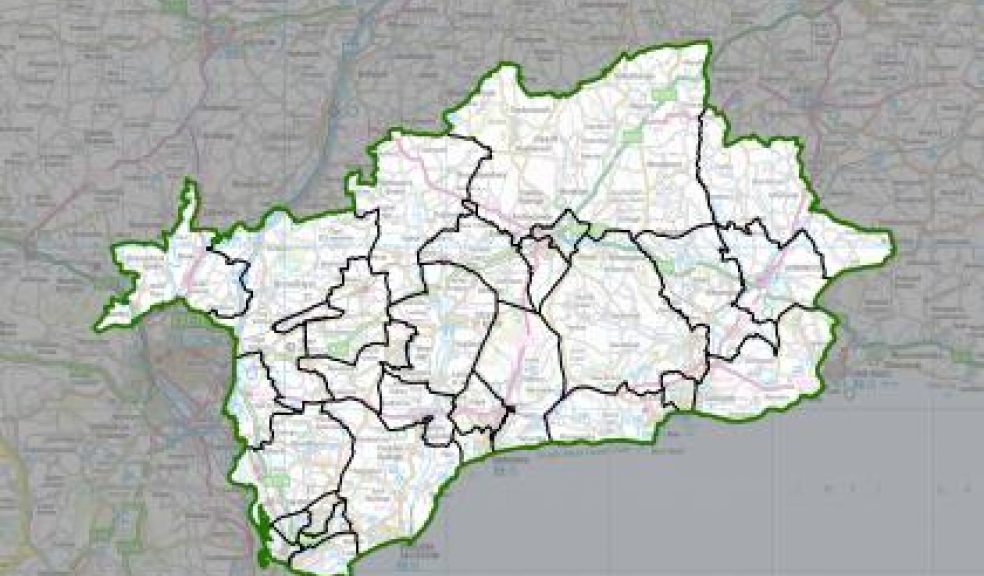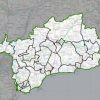
New boundaries confirmed for district council wards in East Devon
Final recommendations have been made for the electoral arrangements of East Devon District Council, following a review carried out by the independent Local Government Boundary Commission for England.
The recommendations, which can be found online at: https://consultation.lgbce.org.uk/node/8778.t, propose that East Devon should be represented by 60 district councillors in the future: one more than there is at present. The recommendations also propose that the councillors should represent 12 three-councillor wards, six two-councillor wards and 12 one-councillor wards across the district.
Prior to publication of the Commission’s final recommendations, which draws new boundaries for each council ward across East Devon, a public consultation was held on its draft proposals earlier this year.
The electoral review of East Devon District Council is a separate undertaking from the review of parliamentary constituency boundaries, which is being carried out by the Boundary Commission for England under different rules and legislation.
Professor Colin Mellors, Chair of the Commission, said: “We are extremely grateful to people across East Devon who took part in the review. The Commission has looked at all the evidence that was put forward during the consultation.
“We believe these recommendations deliver electoral fairness for voters as well as reflecting community ties throughout East Devon.”
Mark Williams, Chief Executive of East Devon District Council and the Returning Officer for East Devon, said: “I welcome the final recommendations of the electoral review of East Devon District Council, which aims to ensure that each district councillor represents approximately the same number of voters through the redrawing of ward boundaries across East Devon. I will be reporting the final recommendations to Cabinet in July 2017. The review will also aim to ensure that the pattern of wards reflects the interests and identities of local communities and promotes more effective local governing.
“The proposed new arrangements must now be implemented by Parliament. A draft Order – the legal document, which brings the recommendations into force – will be laid in Parliament at the end of June. It then needs to lie for 40 sitting days. As the House rises for recess on 20 July, the remainder of the 40 days will be in the autumn session, so we would expect the 40 days to end in October. The order will ensure that the new electoral arrangements will be implemented at the district council elections in 2019.”













